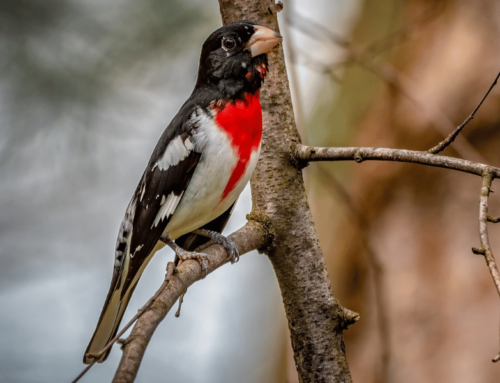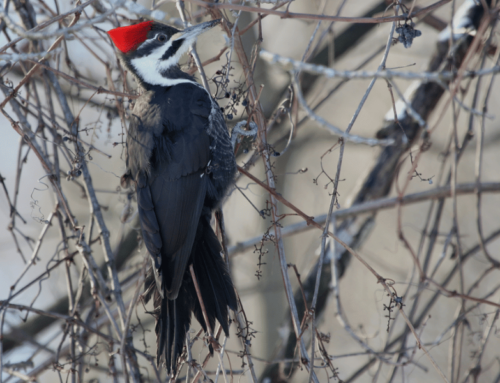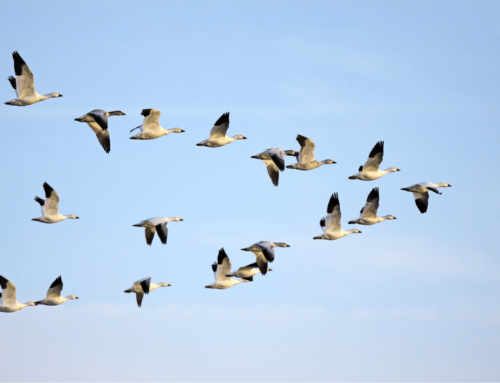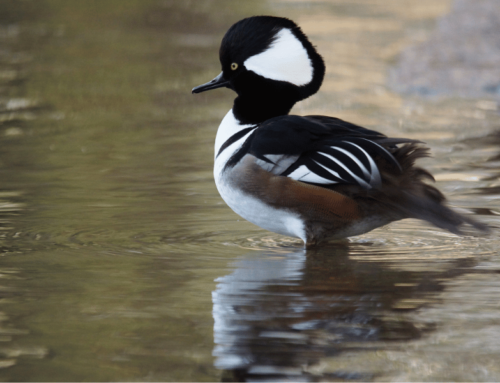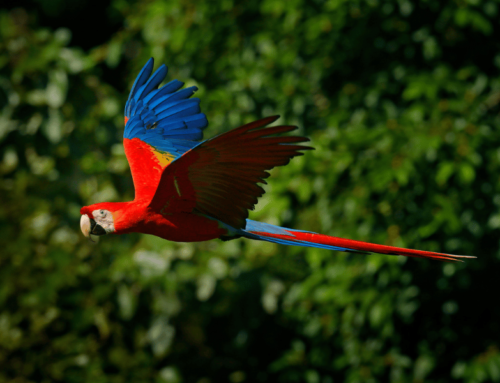
The southern cassowary is one of the most famous birds in the entire world. It’s a large flightless bird that can remind people, more than other birds, that birds today are the living descendants of dinosaurs. It has a large casque on its head, a blue face and neck, along with velociraptor-like claws.
This birdwatching guide is all about the main things to know about the southern cassowary.
Birdwatching Guide for the southern cassowary
Warning: The southern cassowary has been responsible for fatal attacks on humans. Please do not approach wildlife unless you take necessary precautions to keep yourself safe and have spoken with local wildlife experts.
Where to Look
The southern cassowary can be found in the northeastern part of Australia and also in parts of Papua New Guinea and Indonesia. Its preferred habitat is tropical rainforests but can also be found in other forests and mangroves.
They typically avoid higher elevations in their range. Areas that are 1100 meters above sea level are not their preferred habitat.
Cassowaries are good swimmers as well. They have been seen swimming in rivers and even in the ocean. So don’t neglect bodies of water when searching for them.
The following shows their current range:
When to Look
Unlike lots of other bird species, the cassowary is a diurnal bird. It’ll be hard to miss a flightless bird this large in the middle of the day. They tend to forage in the morning and later in the day. Afternoons are often spend resting.
Behavior and Characteristics
The cassowary is an herbivore that largely feeds on fruits. They can be seen by themselves searching for food and water. Outside of breeding season, adult cassowaries don’t interact with each other that much. Breeding season starts in late winter and ends in the spring.
Male southern cassowaries are the ones who care for the chicks. When protecting their nests and hatchlings, cassowaries can be aggressive. Keeping your distance from them when they are by their nests or with their chicks will keep you safe. Cassowary eggs can be identified by their large size (14 centimeters or over 5 inches) and their green/blue color.
Although cassowaries are largely docile and shy animals, they will attack humans if they feel threatened. Do not give them any reason to think you’re a threat by keeping a good distance from them. However, cassowaries are known for leaving an area when they detect the presence of humans.
The southern cassowary has an unmistakable appearance. It has a blue face and neck, a casque on the top of its head, dinosaur-looking legs and feet and a body that’s covered in black plumage. They look like something straight out of the cretaceous.

The dinosaur-like feet of the cassowary
Vocalization
One of the more interesting aspects of the southern cassowary, and other cassowaries, is their prehistoric sounding calls. It sounds exactly what you expect from watching a Jurassic Park movie. Their calls can be heard from long distances, helping clue you in that one is in the area.
Cassowaries are most vocal during breeding season.
If you weren’t sure about birds coming from dinosaurs, the following audio of cassowaries should help:
Conclusion:
The southern cassowary is a fascinating bird to go birdwatching for. By following this birdwatching guide for them, you’ll be able to get to successfully find and observe them. Despite their reputation, they are actually shy birds and usually only attack humans in defense.
If seeing a cassowary intimidates you, you can always see them at your local zoo.


